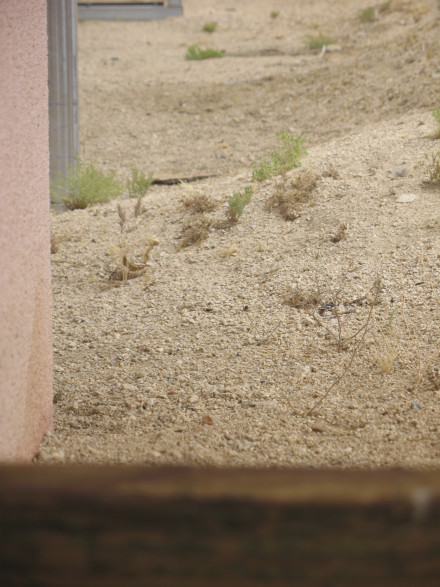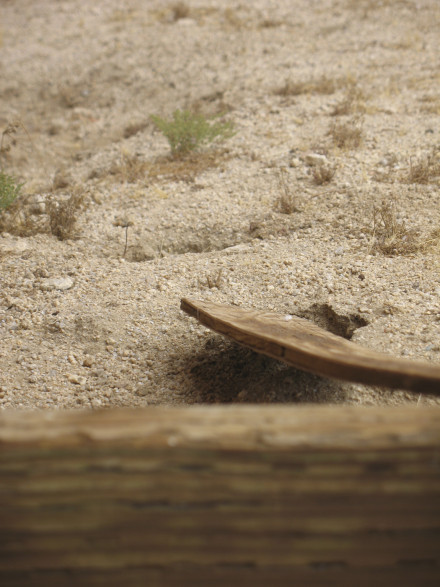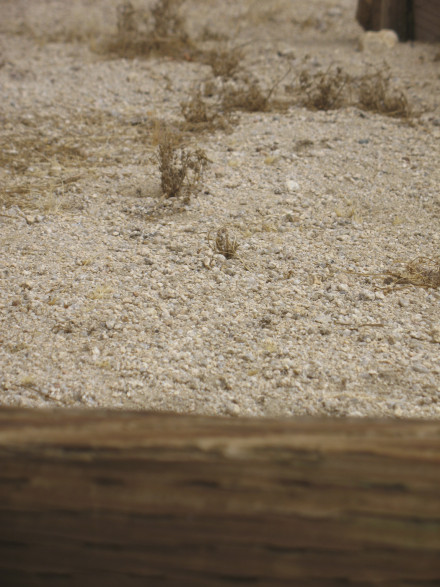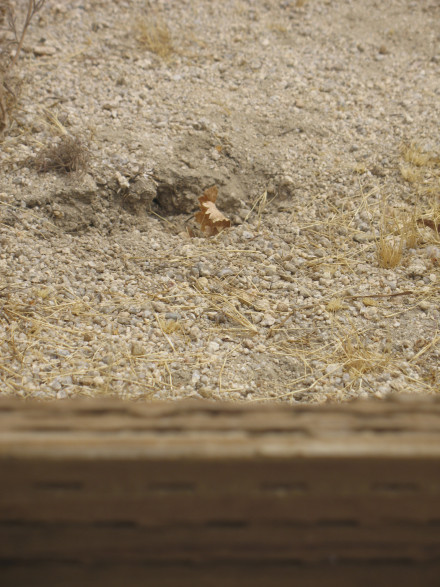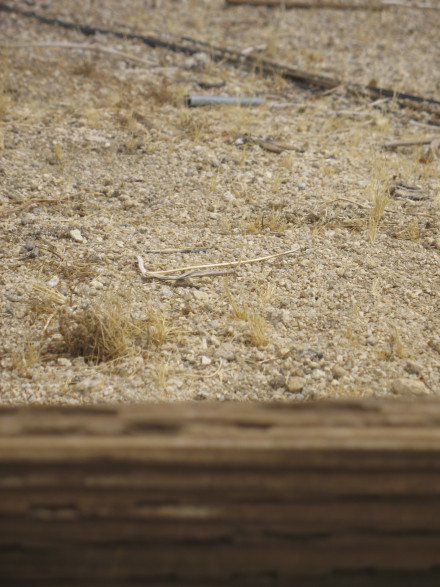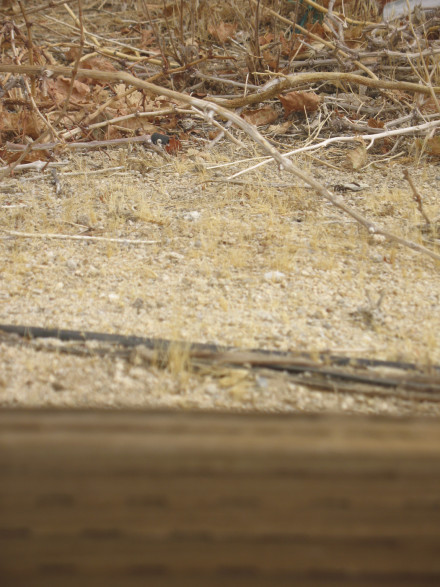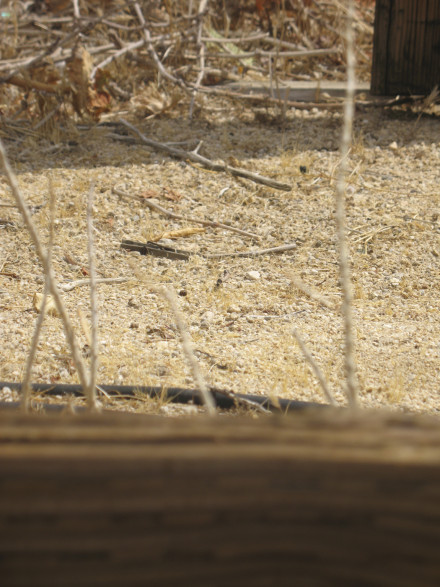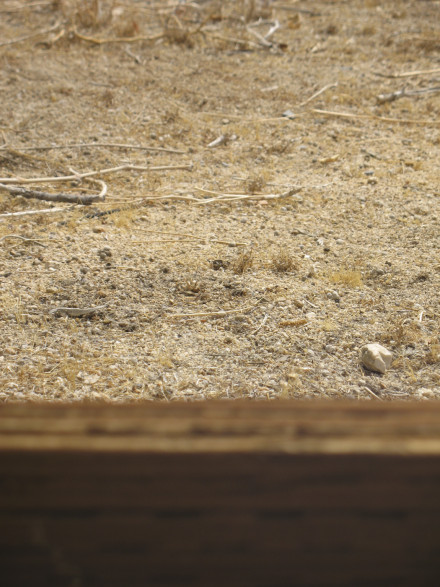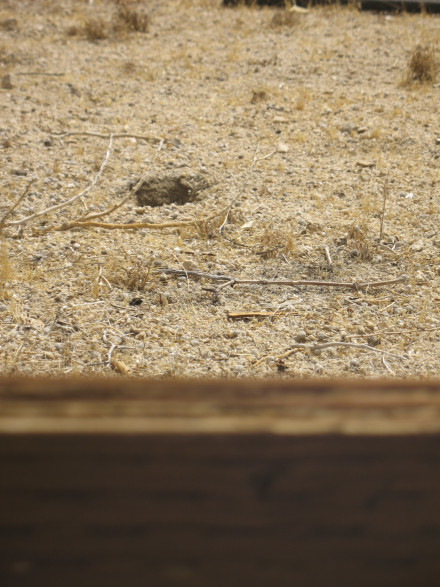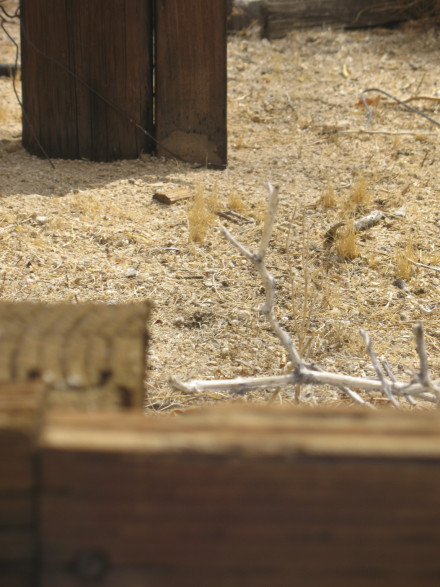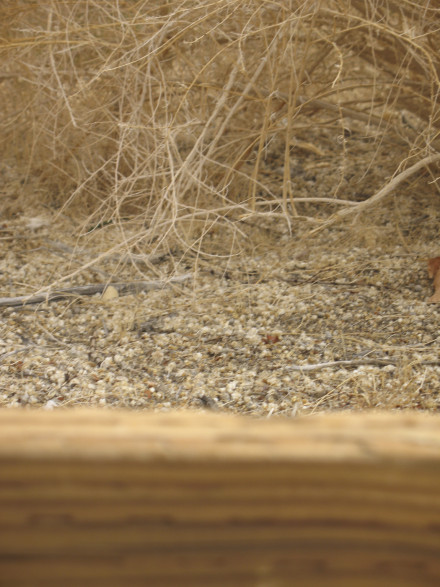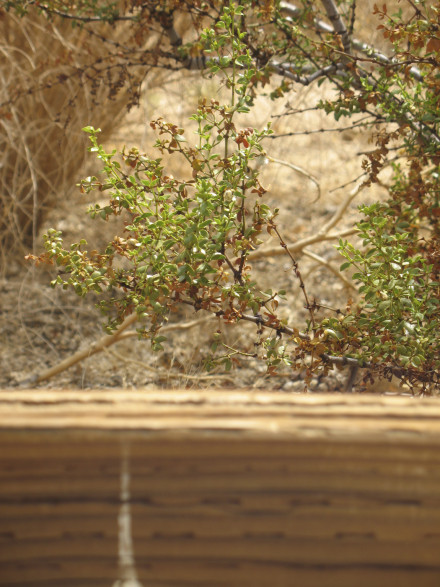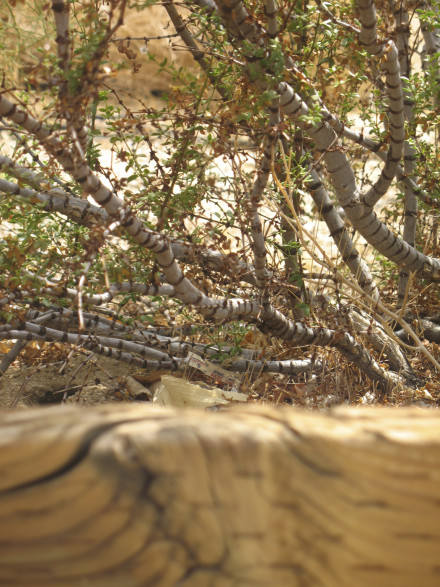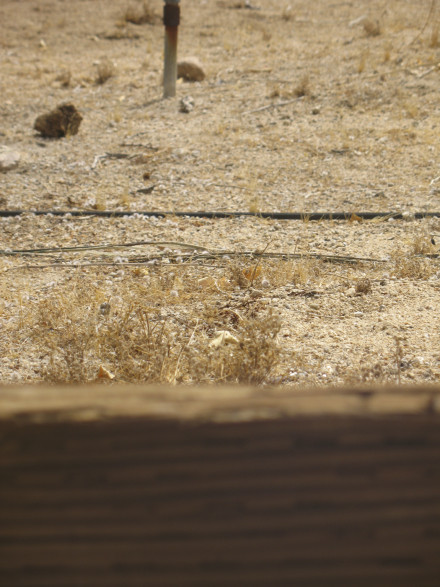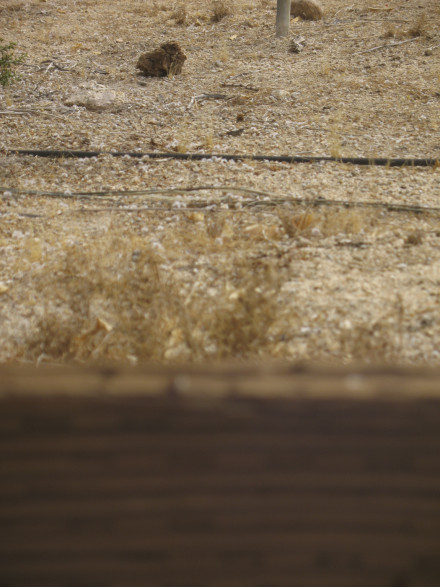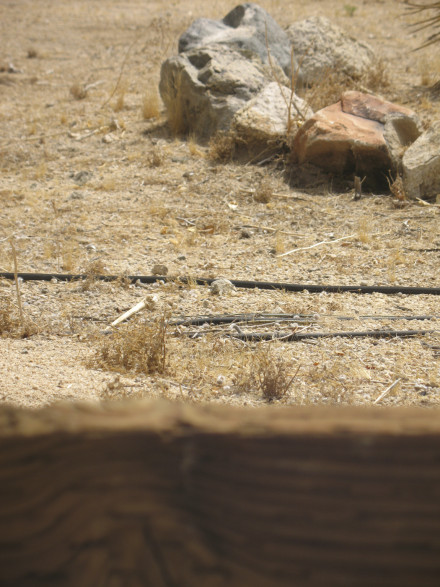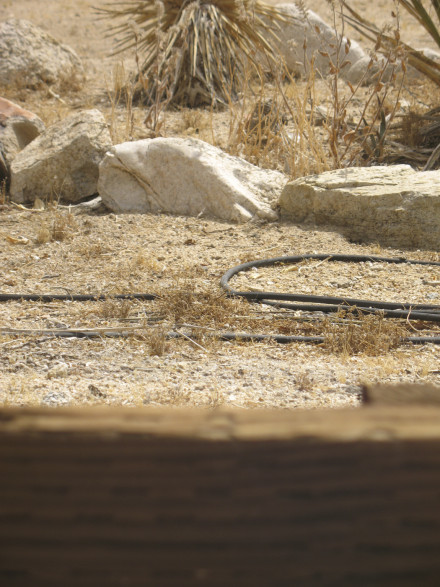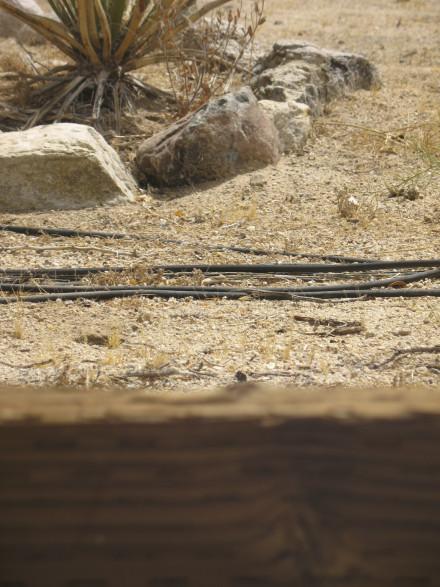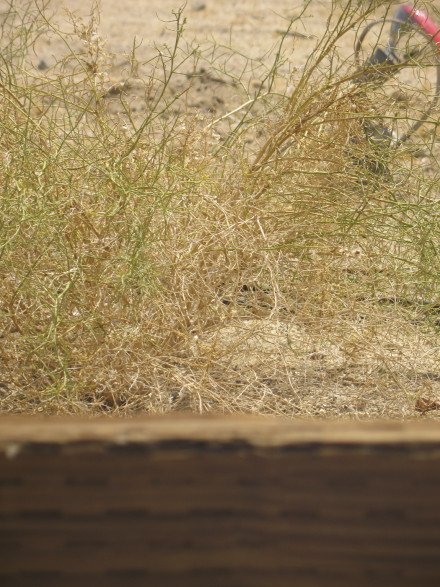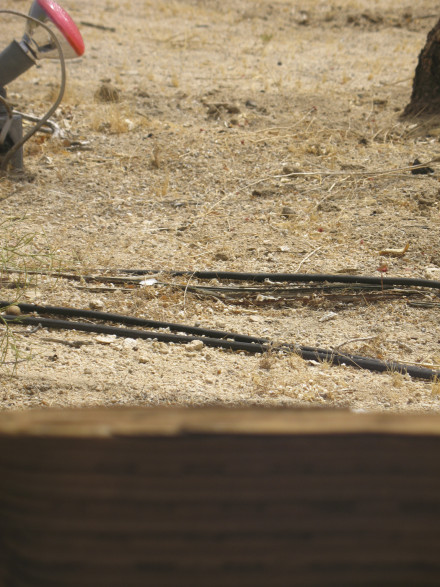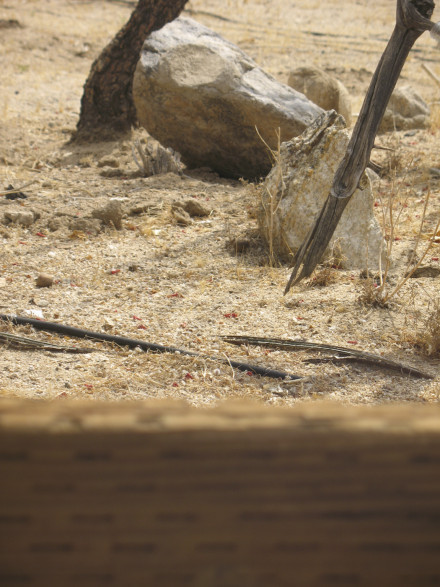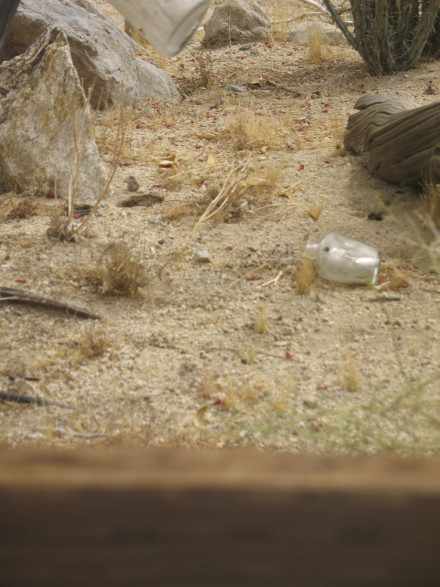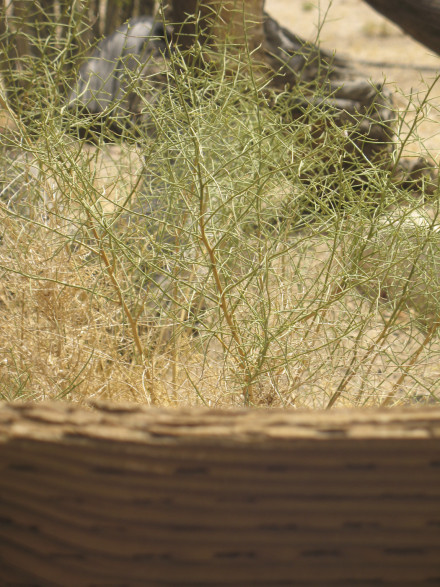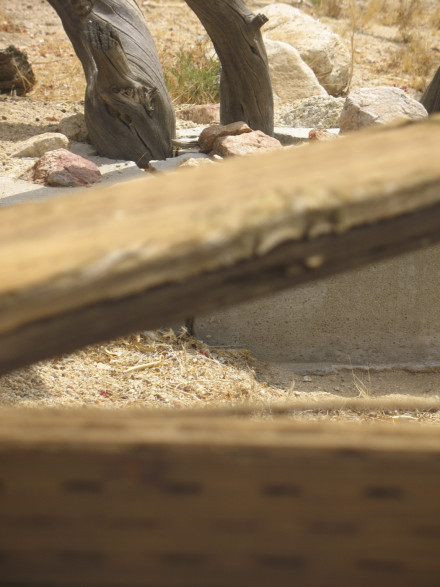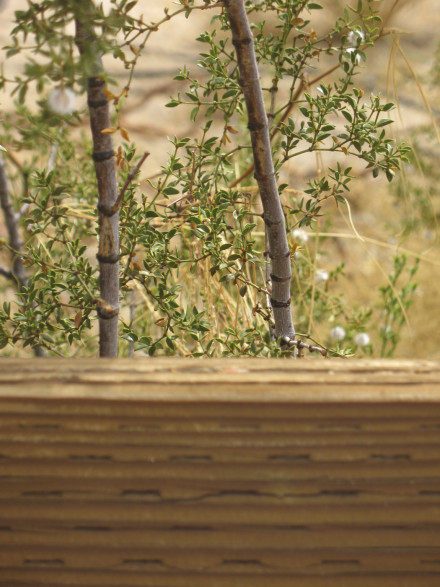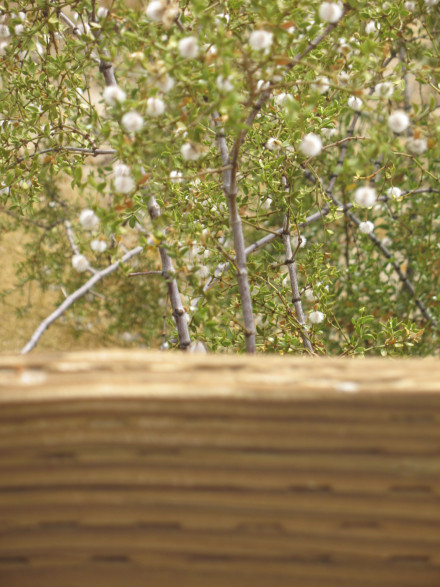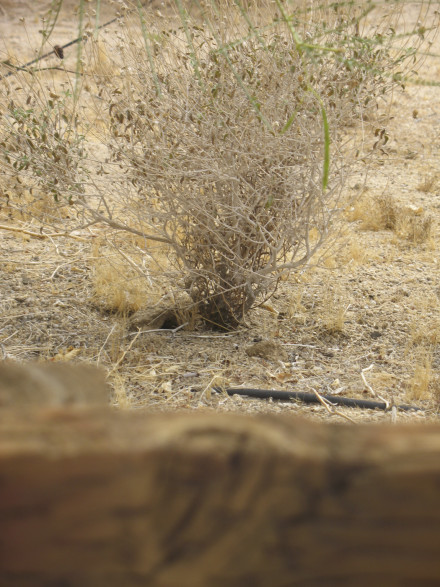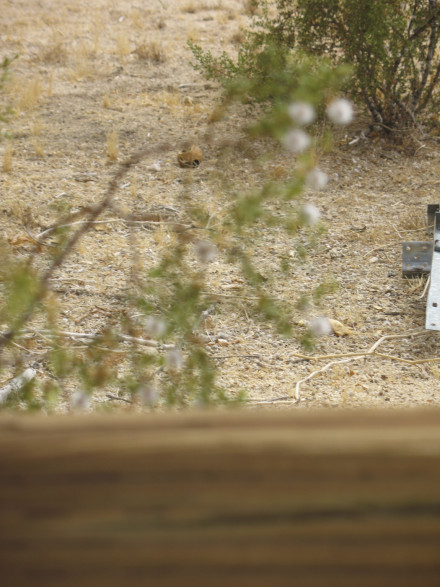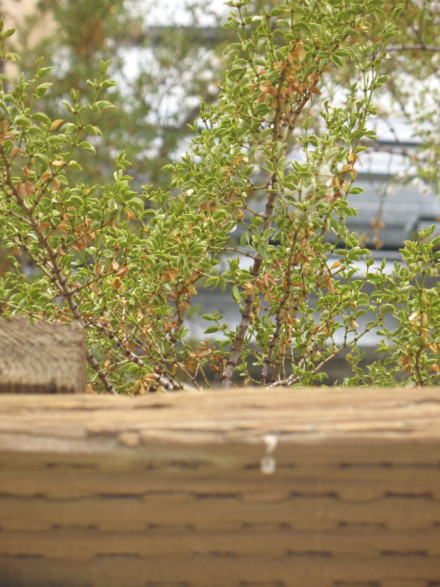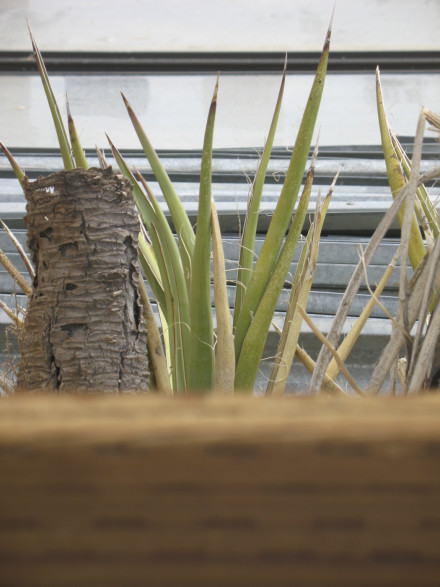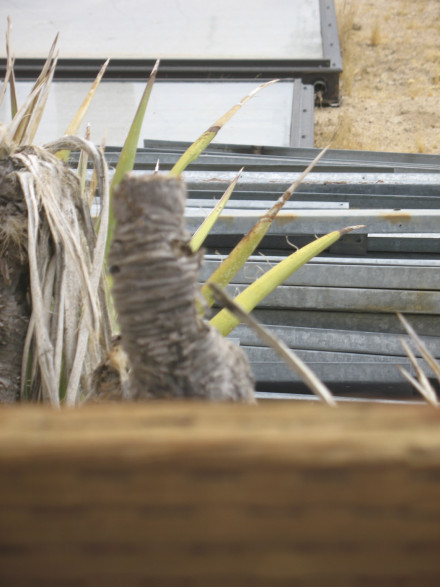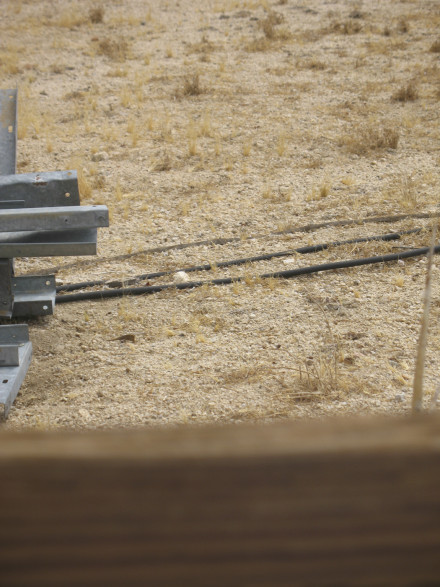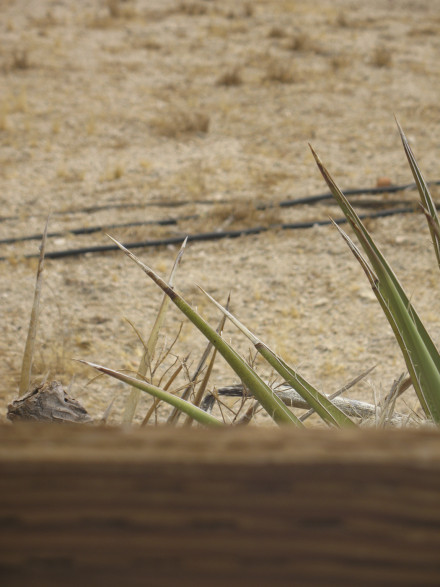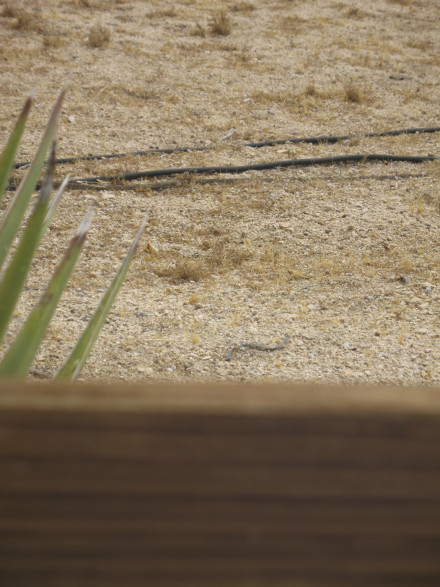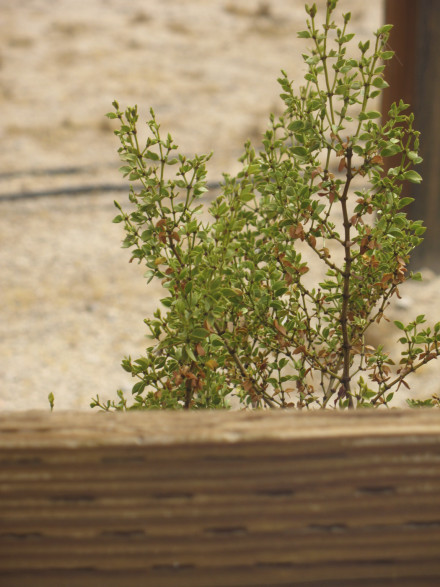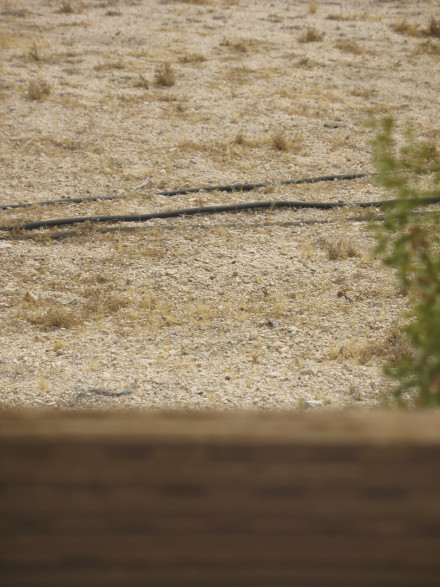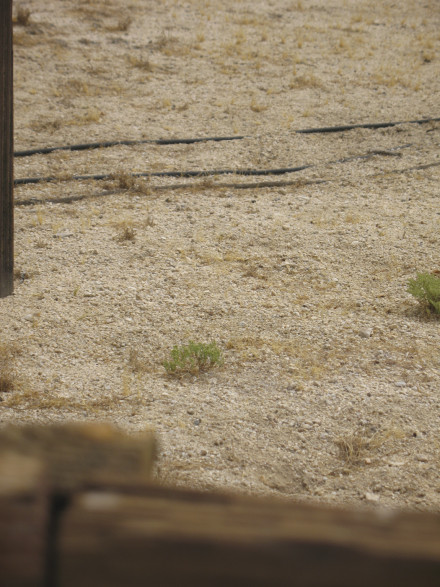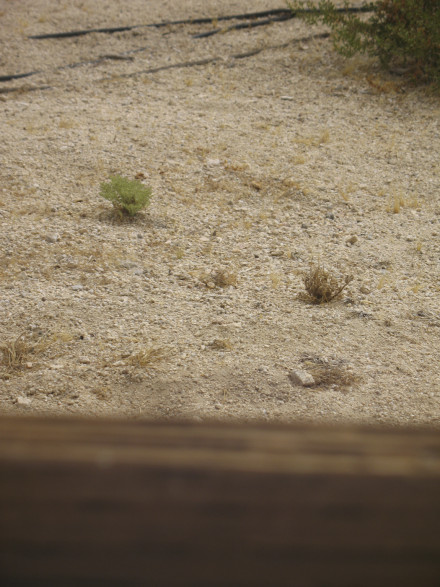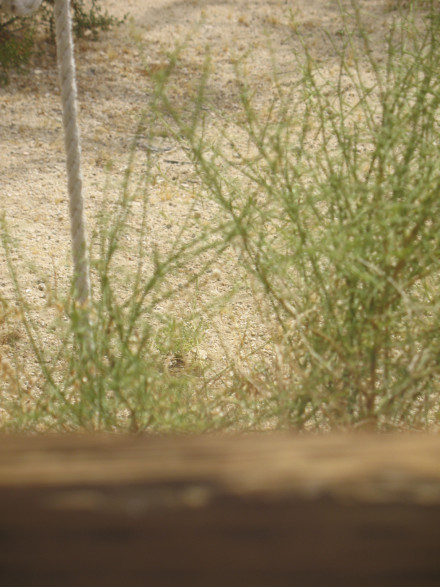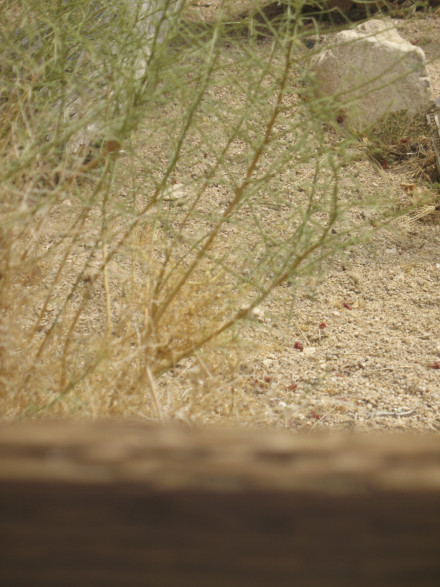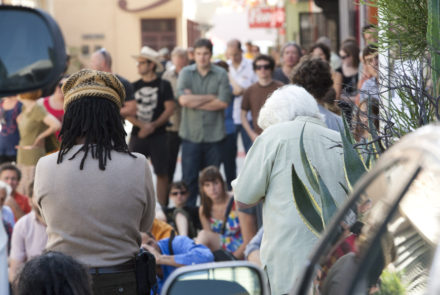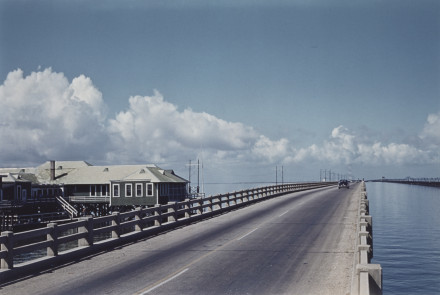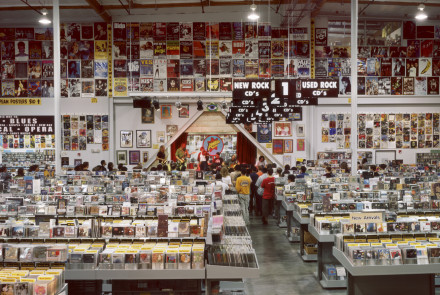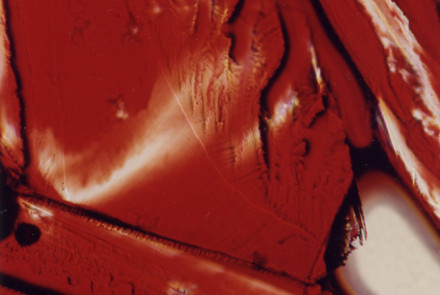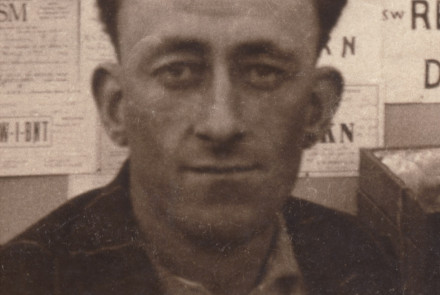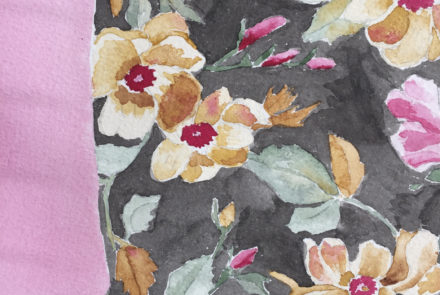Silent Key / July 15, 2010, 1pm
According to the dictionary, the word range denotes, first of all, an arrangement: “to set in a row, or in rows, to dispose in the proper order.” In cowboy country, the range is essentially an open stretch of land given over to cattle, and these in turn range upon it. “To rove over and through” is the dictionary definition of range as a verb. But range is also related to the act of viewing, typically at a distance: “To have range, to be capable of projecting; as, the gun ranges three miles.” One spots a faraway object in the rangefinder of a gun or a camera. For the purposes of this show, we may assume that the range is long, that it goes on and on, and not only in space, but also in time, because there is also such a thing a “long range planning.”
To a greater or lesser degree, a steady focus on a distant goal is a characteristic of all art practice, but in The Long Range the goal remains purposefully obscure. In contrast to Sol Lewittʼs often-quoted dictum, “the idea is the machine that makes the art,” one could say that here the idea has no prescriptive function. It is asserted as neither the alpha nor omega, but rather something that can only be glimpsed vaguely, and then pursued through a process of making that allows for continual course correction and deferral. Ideally, one never gets there, but there is nevertheless a certain rigor in the approach. In other words, for both the artist and audience, there is a “proper order” to this experience….
…..Questions of viewing range and sounding range intersect as well in Cindy Bernardʼs ongoing aesthetic inquiry into the histories of media. Of particular interest in this regard is a project concerning the ham radio craze of the inter- and post-war years, for here as well isolation is a prerequisite to communication. One has to get away from the city to marshal the bandwidth required to exchange information with other nations; it is to the flattest landscapes that the sleek verticality of the radio antenna is best suited. Bernard surveys a stretch of her deceased grandfatherʼs lot in the desert over a retaining wall in a series of photographs that occasionally alight on some scattered technological remains from his days as a committed ham radio enthusiast. She walks the line of the wall, documenting the ground covered with each step, as if to reiterate the horizontality of an antenna that has fallen alongside its operator (the overall project is titled Silent Key, which designates a transmission source that has gone dead). – Jan Tumlir, excerpt from The Long Range, 2011
